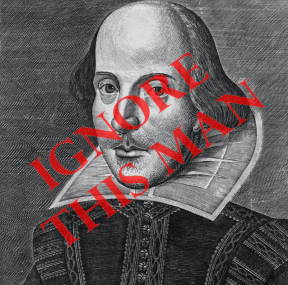Queen
Margaret of anjou
Childhood
 Margaret of Anjou was born in March 1930. She was the daughter of Duke of Anjou, Rene I (who was actually a king without a kingdom). Her mother was Isabella of Lorraine a formidable woman, often engaged in politics and war when necessary. Her maternal Grandmother was also adept at politics and war, which gave Margaret positive strong female role models to follow.
Margaret of Anjou was born in March 1930. She was the daughter of Duke of Anjou, Rene I (who was actually a king without a kingdom). Her mother was Isabella of Lorraine a formidable woman, often engaged in politics and war when necessary. Her maternal Grandmother was also adept at politics and war, which gave Margaret positive strong female role models to follow.
Her father’s sister, Marie of Anjou, married King Charles VII (the Dauphin during Henry V reign). This made her a useful political pawn in the dispute between England and France which had gone on for 100 years.
It was agreed that she should marry Henry VI of England and with it came an agreed 23 months truce. She had a paltry dowry to give, but Henry accepted this as a way of ceasing hostilities or even ending the was with France. She was betrothed after negotiation on May 22 1444, aged 14.
Marriage by Proxy
The Duke of Suffolk, who much like Henry wanted peace, negotiated on his behalf and even stood in for him as they were married by proxy in the following March, in Nancy. Many dignitaries were in attendance, including King Charles. Margaret friendship with the Duke of Suffolk and his wife Alice, grew from that moment on.
Wedding
She eventually got married in person in April 1445 at Titchfield Abbey (between Southampton and Portsmouth) at the age of 15. William Ayscough, the Bishop of Salisbury conducted the wedding (we’ll here more about him later).
There was much excitement in the Capital on her arrival, and they went on procession through the city. The procession lasted two days. She represented the hopes of the nation for a lasting peace, at least for 23 months. She was crowned Queen in May 1445 by John Stafford, the Archbishop of Canterbury.
Politics
Henry was keen to continue the peace with Charles and Margaret was used as the mediator. Whether it was agreed as part of the marriage arrangements or something that developed afterwards, the land between Anjou and Maine were negotiated. Henry and Suffolk agreed it was worth the price and agreed. Most people saw the loss of Maine as a betrayal and Margaret began to distrust her.
Succession
The purpose of having a queen was to make sure you had a succession. In 1450, after 5 years of marriage there was no baby. The Duke of Gloucester was second in line to the throne, being the brother of Henry V, died in 1447. This made the succession open to Richard of York, also of the Plantagenet line, a vocal opponent to the ceding of Maine to France.
 Why hadn’t she yet had any children with
Why hadn’t she yet had any children with
Henry, they spent lots of time together? They seemed in love with each other but, it seems that Henry’s piousness was getting in the way of making babies. It was noted at the time, that they had to be advised as to, “what to do”.
With Henry being adverse to the baby making ritual, there were rumours that she may have taken a lover. That being the Duke of Suffolk, but this must have been just malicious gossip. Whatever, her marital shortcomings were she was not against marriage as she became matchmaker of her courtiers.
Margaret, was dynamic compared to her husband, and she could be ruthless at times. Even Shakespeare named her the She-Wolf of France, which is a reflection of her wrath. Note – ignore most of what Shakespeare said – he wrote for a particular audience in mind.
She-Wolf of France
She was politically astute. At the end of the Jack Cade Rebellion, she authorised the general pardons for all participants, which deflated the situation. But when she saw a John Payn, from the household of Sir John Fastolf, who had taken part in the rebellion – she had him arrested and thrown in Marshalsea prison and threatened to have him hanged, drawn and quartered. She was aged 20.
Her political leadership came more to the front in the years after 1450, which makes her a fascinating person to study.
